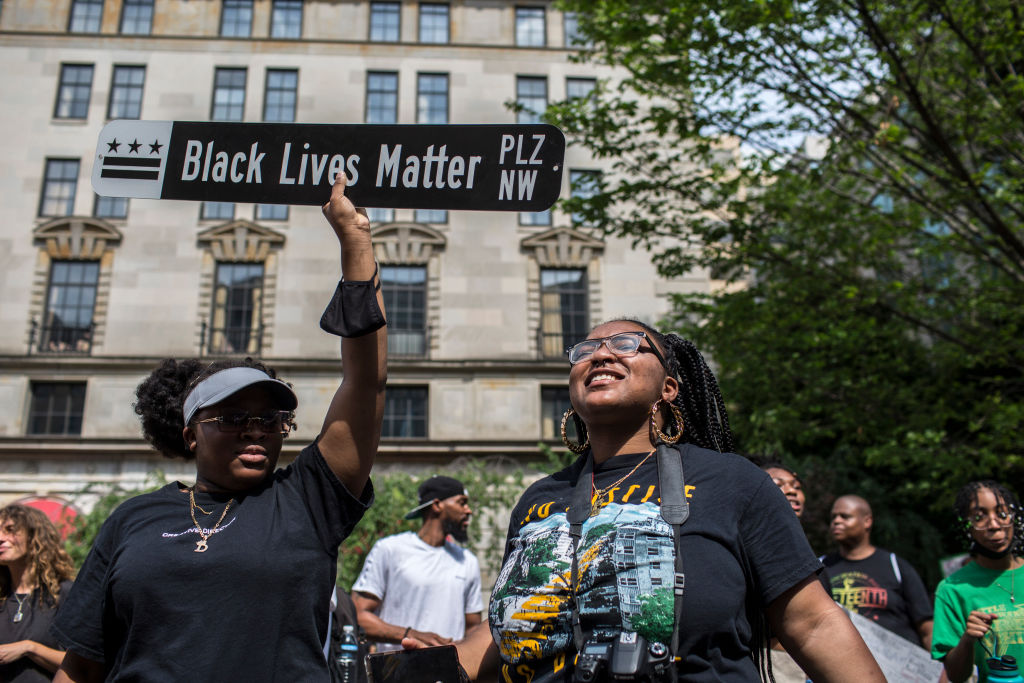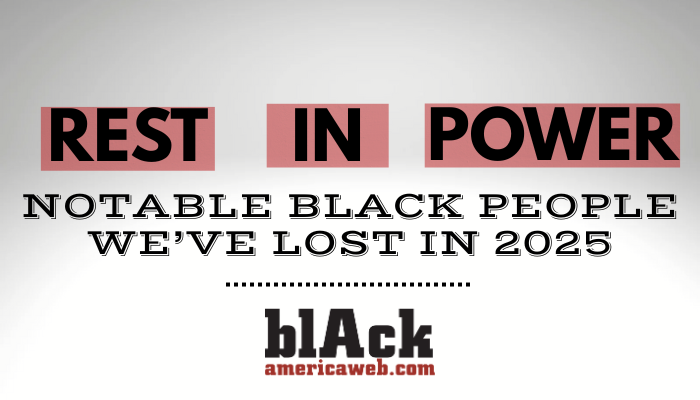Hurricane Katrina 20 Years Later Celebrating Those Who Survived.

Twenty years after Hurricane Katrina, the scars remain—and for many survivors, there is nothing to celebrate.
The storm left behind countless tragedies. Families were torn apart, loved ones lost, and entire communities displaced. People were stranded on rooftops for days, some for weeks. Many had to relocate and start over from scratch with nothing but the clothes on their backs. Two decades later, people remain displaced, and New Orleans has never fully recovered.
RELATED: Facts About Hurricane Katrina Everyone Should Know
Conspiracy theories still linger. Some residents say they heard what sounded like a massive explosion after the rain stopped, just before the levees broke. Many believe the levees in New Orleans East and the Lower Ninth Ward were intentionally blown to protect wealthier areas like the French Quarter and Uptown. What followed was catastrophic flooding that wiped out businesses, homes, and lives within minutes.
But survivors say the real story isn’t about the levees it’s about the people who endured and continue to live with Katrina every single day.
We spoke with residents who lived through the storm and its aftermath:
“There’s been lots of conversation now that it’s been 20 years, and I think most of us are still living the conspiracy theory. It has been said that the levees in the Lower 9th Ward were blown to save the French Quarter and Uptown. By doing so, where was the water going? Out here, where the communities are mostly Black of all financial statuses. That being said, whoever made those decisions didn’t want us here.
Even today, we have one grocery store, one Walmart. No restaurants. Nowhere to shop. We still drive to other areas for basic things while other neighborhoods thrive. No one pays attention to the little things—like your child who sleeps with a bag by the door, always ready, or your cousin who cries every time it rains. Families broke apart fighting over money, trying to make home…home again.
It’s not an anniversary. It’s still an everyday thing. Maybe that’s PTSD. Either way, we just try to live our best lives.”
Another long-term resident of New Orleans East shared what it was like returning home:
“I was trying to video it when I got home. My big brother took the camera and said he would do it. Later, when I sat down to watch, there was nothing—he hadn’t recorded. I think he just didn’t want me to see what it really looked like.
Coming back, I can’t describe the feeling it was like I was numb. Everything I owned was destroyed. Furniture upside down. The front door floated into the living room. The refrigerator was on the floor. Mud covered the floors; mold covered the walls up to the ceiling. I couldn’t breathe. I inhaled so much mold my spit was yellow for almost two weeks. I didn’t know what to do or where to start.
Even now, when hurricane season comes, I panic. My girls know when something’s in the Gulf, it bothers me. If it ever happens again, I don’t think I can do it. Through it all, God showed me a sign. I had white carpet that turned completely black from the mud but standing on it was a little cheerleader trophy, untouched. When I lifted it, the carpet underneath was still snow white. Just that one spot. I said, ‘Thank you, Lord. I know you’re with me.’”
The trauma wasn’t limited to homes. District Clerk of New Orleans, Chelsey Richard Napoleon, recently spoke on the KATRINA STORIES: THE IMPACT ON THE LEGALpannel dicussing the legal challenges Katrina created:
“Honestly, it remains a difficult time period to wrap my mind around professionally and personally.
That panel yesterday is the first Katrina related thing I can remember doing. People talked about having ptsd and a number of other things.
And since this was focused towards lawyers, there was extensive discussion about what it took for us to open the Court Systems afterwards. I felt humbled to share the experience and grateful I survived with not just my body but my mental faculties. Significant because not everyone did.”
The living conditions after Katrina were devastating. Families spent months, some a little over a year, in FEMA trailers. Others commuted between Baton Rouge and New Orleans. The Superdome was opened as a shelter but was overcrowded and dangerous, reports of violence, including assaults, spread quickly.
Some survivors had to leave the state to get medical care. Cancer patients traveled to Houston’s MD Anderson Cancer Center for treatment. A Texas family housed 31 displaced New Orleanians for over a year.
For many, Katrina never ended. It lives on in the memories, the trauma, and the daily struggles of those who survived.
So when we think about Hurricane Katrina 20 years later, it should not be about glorifying an anniversary. It should be about rebuilding, restoring, and honoring the people who continue to live with its impact every single day.
RELATED :When White Vigilantes Turned Katrina’s Chaos Into A Race War



Hurricane Katrina 20 Years Later Celebrating Those Who Survived. was originally published on majic945.com















